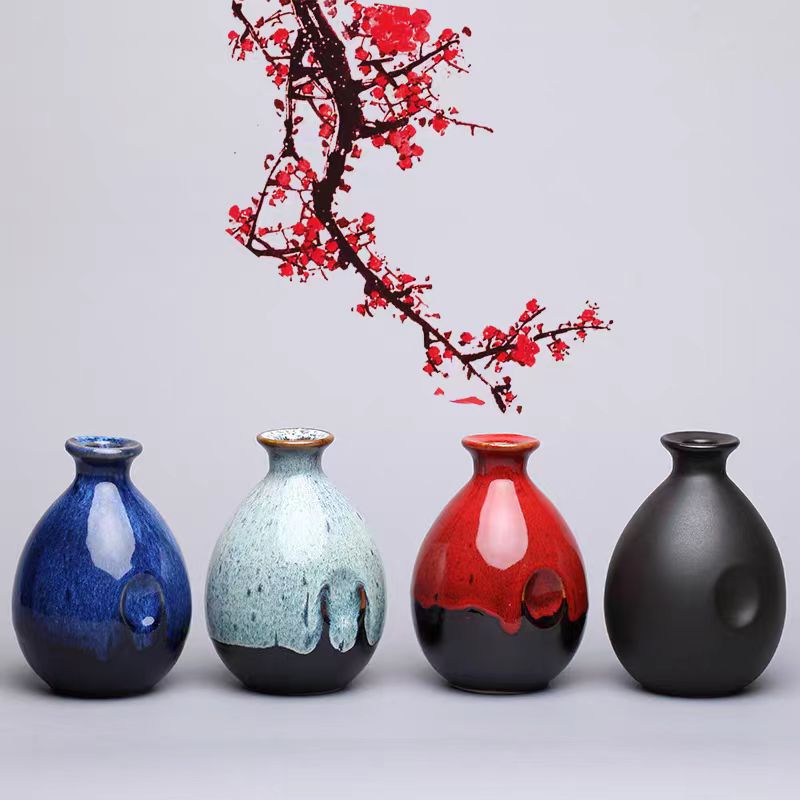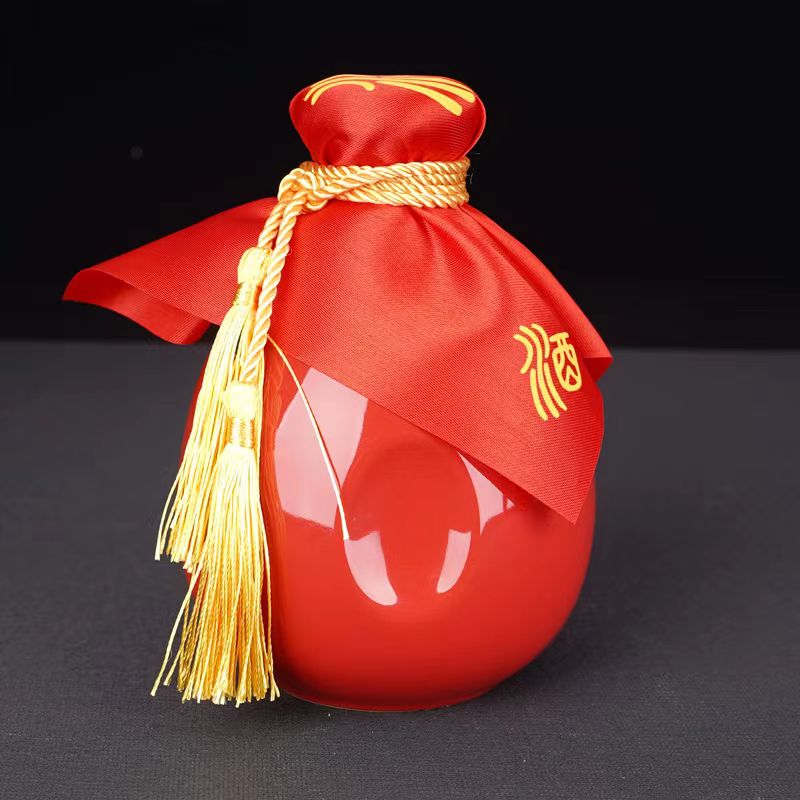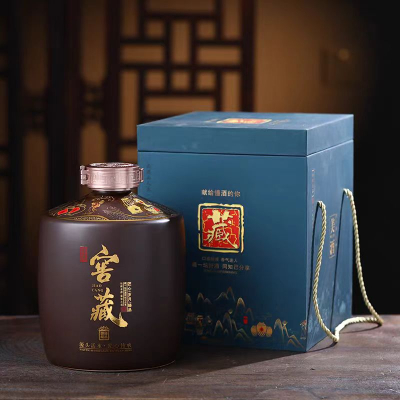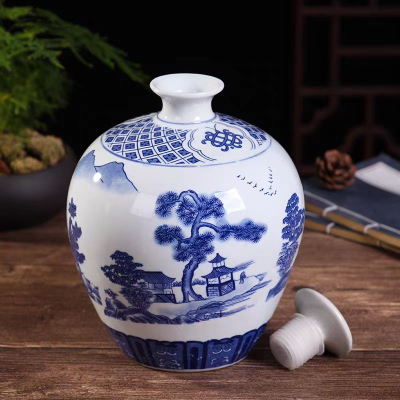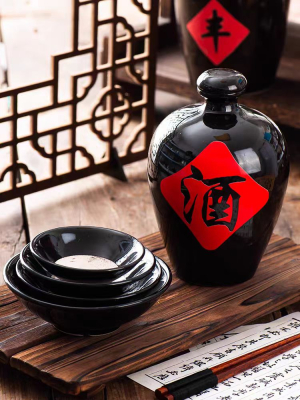Prospects for the development of Chinese baijiu
Chinese baijiu—a traditional distilled spirit deeply rooted in Chinese history and culture—is steadily evolving from a domestic staple to a rising star in the global alcoholic beverage market. As China continues to modernize its economy and cultural exports gain global traction, the prospects for the development of Chinese baijiu have never been brighter.
1. Understanding Chinese Baijiu: A Cultural Icon
Chinese baijiu is a clear, potent liquor distilled primarily from grains such as sorghum, wheat, and rice. With over 2,000 years of history, it holds immense cultural significance and is a centerpiece of social, ceremonial, and business occasions in China. With alcohol content typically ranging between 40% and 60%, Chinese baijiu is known for its strong aroma and rich complexity, which varies by regional styles like strong aroma, light aroma, sauce aroma (typified by Maotai), and rice aroma.
Baijiu Categories Driving Growth
Sauce aroma: Increasingly favored for its layered flavors and premium branding.
Strong aroma: Widely consumed, especially in Sichuan and Anhui provinces.
Light aroma: Popular in northern regions with cleaner, softer notes.
Rice aroma: Dominant in the south with a sweet, mild taste.
2. Domestic Market Growth: Premiumization and Diversification
The Chinese baijiu market is undergoing a transformation. A new generation of consumers is shifting toward premium, boutique, and culturally branded products. Major producers like Kweichow Moutai, Wuliangye, and Luzhou Laojiao are investing heavily in branding, innovation, and packaging to appeal to younger and urban audiences.
Key Domestic Trends
Premiumization: High-end baijiu is viewed as a luxury symbol and is increasingly used as corporate gifts.
Craft and customization: Boutique distilleries are gaining momentum by producing small-batch, specialty Chinese baijiu.
Digital marketing: Livestream e-commerce, influencer campaigns, and social media storytelling are attracting younger demographics.
3. Global Expansion: Challenges and Opportunities
Despite being the world’s most-consumed spirit by volume, Chinese baijiu has historically had limited global presence. However, that is changing. Producers and the Chinese government are actively promoting baijiu on the global stage through cultural diplomacy, international expos, and strategic partnerships.
Global Development Prospects
Export potential: Markets in Southeast Asia, North America, and Europe are showing early interest.
Baijiu bars and tastings: Cities like New York, London, and Singapore now host baijiu-focused events and specialty bars.
Fusion with global cuisine: Baijiu cocktails and pairing with non-Chinese cuisines are expanding its appeal.
Challenges to Overcome
Taste adaptation: The potent and unfamiliar flavor can be a hurdle for foreign consumers.
Brand education: International consumers need better context and education around Chinese baijiu's heritage and production.
Distribution: Establishing effective global distribution networks remains a work in progress.
4. Innovation and Technology in Baijiu Production
To meet evolving consumer preferences and international quality standards, Chinese baijiu manufacturers are embracing technology in fermentation, aging, and packaging processes. Smart manufacturing and data-driven production are improving consistency, efficiency, and traceability.
Innovative Advancements
AI fermentation monitoring: Optimizes aroma and taste development.
Eco-friendly distillation: Sustainable energy and waste-reduction practices are being implemented.
Smart packaging: QR codes and NFC tags offer traceability, authenticity checks, and digital storytelling.
5. Cultural Diplomacy and Soft Power Strategy
As China seeks to enhance its global image, Chinese baijiu plays a pivotal role in cultural diplomacy. Featuring prominently at state banquets, diplomatic receptions, and trade expos, baijiu acts as a cultural ambassador, symbolizing Chinese heritage, craftsmanship, and hospitality.
Soft Power in Action
Panda-themed baijiu exports to Europe.
Baijiu masterclasses at international universities and embassies.
Collaboration with Michelin chefs to create fusion food pairings.
6. Forecast: The Future of Chinese Baijiu on the Global Stage
The future of Chinese baijiu looks promising. Analysts project a CAGR of over 5% in the global spirits market, with Chinese baijiu poised to capture a growing share. With sustained investment in branding, cross-cultural marketing, and production innovation, baijiu may evolve from a niche product to a globally recognized spirit—on par with whisky, vodka, and tequila.
Future Opportunities
Young consumer education: Create approachable, low-ABV baijiu for international cocktail culture.
Tourism synergy: Integrate baijiu distillery tours into China’s cultural tourism strategy.
Cross-border e-commerce: Expand reach through Amazon, Alibaba, and specialty online liquor platforms.
Conclusion: A New Era for Chinese Baijiu
The prospects for the development of Chinese baijiu are vibrant and multi-dimensional. As China’s economy matures and its cultural exports grow, Chinese baijiu is on the path to becoming a globally respected spirit. With continued efforts in innovation, branding, and global outreach, baijiu’s international breakthrough is no longer a distant dream but an emerging reality.





